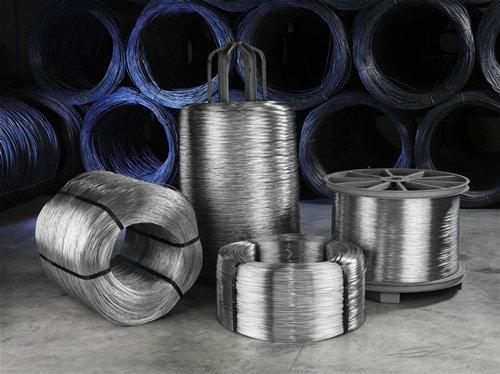Everything You Need To Know About Electrogalvanized Steel

Galvanizing is basically the process of coating any metal, usually
steel or iron, with layers of zinc, this gives the metal complete protection
against corrosion. Corrosion actually costs the United States with hundreds of
billions damages in dollars annually, such affects of corrosion can result in
traffic jams, accidents as well as decreased worker productivity. Thus, the
process of galvanization is preferred as it increases the useful life of steel
and also saves money on different infrastructure maintenance and replacement.
History
This process has been benefiting our world of business from
past 150 years; P. J. Malouin who was a French chemist was actually the first
person to actually discover the practical applications of such galvanized steel
in the year 1742. The method of coating
iron metal with zinc was then patented in the year 1836 by famous French
chemist Stanilaus Tranquille Modeste Sorel.
Methods
In order to get galvanized steel, the steel actually has to go through a specific process. There
are different methods of galvanizing steel; one method is hot-dip galvanization
which involves dipping of steel into a container made of molten zinc. However, the most prominent one is electrogalvanized steel, which is made
by dipping steel into an electrolyte solution which actually deposits pure
coating of zinc onto the dipped steel. This method of galvanizing steel is
mostly preferred as there are numerous benefits and advantages of such steel.
One such advantage of this process is that the zinc coating can be actually
controlled in an easier way in compared to hot-dip galvanization method.
Process of
Electrogalvanization
This process uses electricity in order to bond the zinc well
to steel. Workers working in electro galvanized steel plant run DC electricity
through a solution of zinc-salt solution. Then the electricity runs through an
anode, and later to the steel, which in the solution acts as a cathode. Here the
anode can chosen either a block of zinc, which serves also as the zinc
component for the solution of the zinc-salt as well. A block of lead can also be used, where
workers must constantly continue to add zinc to the specific solution. In both
cases, the electrical force that runs through its anode to the steel actually
causes zinc to completely dissolve and bond with the steel. During the process
of electro galvanization, dissolved particles of the zinc runs along the line
of electric current. This helps in bringing them near the steel and then to
deposits them on it. Whereas, the constant DC electricity supply causes zinc
particles to actually bond tightly with the steel, thus, creating a very thin
layer of it.
Post Your Ad Here
Comments